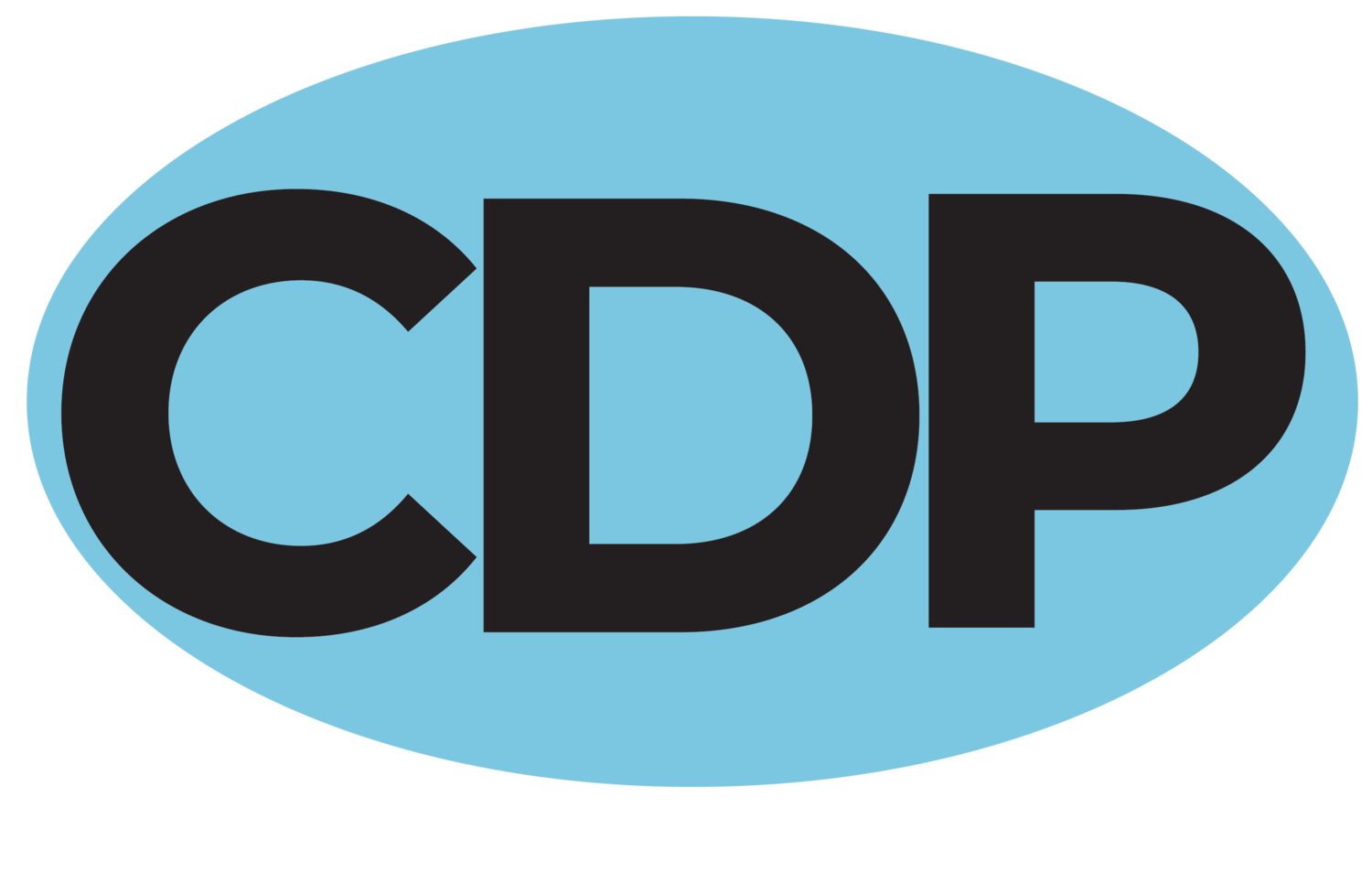Rethinking Donor Development
Asking for money is one of the most dreaded tasks for a governing board. Many nonprofit boards are stacked with fantastic professionals who achieve amazing feats, but the idea of asking for money creates in them all kinds of fear and anxiety. There are many ways to frame donor development. There are best practices and models of fundraising that are readily available through workshops, university certificate programs, conferences, and books. There are whole organizations with missions around fundraising. But if there are so many how-to options, why do we still struggle??
Let me share two assumptions that are key to this topic: (1) All board members should be engaged in donor development (i.e., raising funds from individuals to support the mission). (2) Donor development is a process. I submit that the problem is not that board members aren't great donor developers; the problem is that not everyone is good at every part of the process. Let's rethink donor development in light of these roles:
1. Role 1: Door Opener (introduction to potential donors). These people are your influencers. These are people who know people. They are passionate about the cause and willing to share their network and contacts with the organization. Door openers know people you need to know and can introduce you to people.
2. Role 2: Story Teller (sharing the passion and ‘why’ of the organization). These are your talkers. The story teller can speak persuasively and passionately about the cause and why it is important. They are believable and likable and move people to want to respond. Story tellers make great participants on a speakers' bureau or a headliner at a fundraising event. Story tellers also are great to tag-team with a master askers.
3. Role 3: Master Asker (asking for the investment). These are your closers. They are not afraid of asking for the donation and see the ask as a challenge. They are appropriately assertive and excited at the prospect of getting that donation in hand.
4. Role 4: Cultivator (building relationships with prospects/new donors). These are your relationship people. They connect with people and work to build trust and genuine relationships. They will see donors as new friends and will ensure donors feel connected to the organization and cared for.
5. Role 5: Thanker (reaching out to thank prospects/new donors). Thankers write notes, send cards, and seek meaningful ways to recognize others for their contributions. You can't thank a donor enough in the world of donor development and this key role ensures the small touches are in place to give nods of thanks.
Let's rethink donor development. Let's recruit and train boards with these roles in mind, and let's appreciate the role each board member brings to the table.
-Mindy Muller, CFRE, President/CEO of CDP
#development #communitydevelopmentprofessionals #getorganizedgetfunded


